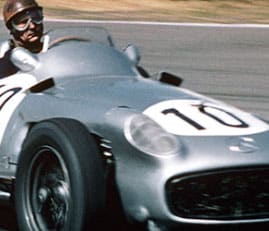Hockenheimring, August 2nd
After the green and pleasant garden-party atmosphere of the British Grand Prix at Silverstone, with its garden-party result, it was a nasty shock to enter the concrete stadium in which part of the German Grand Prix was going to be enacted. It was like being plucked from a farm deep in the countryside and thrust into a concentration camp, except that the guards were all friendly and smiling, but to get to where the action was in the pits you needed to show your pass nine separate times. Since last year the whole pit complex has been completely rebuilt and a fine job has been made, with ample room for two cars in the depth of each pit, with up-and-over doors at each end, so that when everything is open there is a vast covered area available and with clear panels in the roof and only wire netting between adjacent pits the atmosphere is very light. Each team had more than enough space to keep everything under cover, either from the torrid heat generated in the surrounding concrete grandstands, or from the torrential rain that can hit the Mannheim industrial area of Germany. In addition a new entrance and exit road to the pit lane had been constructed, clearly defined and easy to use, with traffic lights controlling the exit back onto the track after the first corner.
I said in the opening paragraph that the stadium was where part of the German Grand Prix was going to be enacted, because the cars spend about 45 seconds inside the stadium and more than a minute outside it, going away on a long sweeping right hand flat-out curve, through an artificial ess-bend to the tight but very fast long right hander called the Ostkurve that brings them back onto the return straight, more or less parallel to the outward one and also containing an artificial ess-bend halfway along its length. They arrive back in the stadium by a sharp right hander where some desperate overtaking can be done under braking from maximum speed. Ninety per cent of the spectators are contained within the concrete stadium, the rest are scattered along parts of the outward leg and in a grandstand overlooking the Ostkurve, which is situated in a magnificent pine forest. If you were content just to see racing cars and not really know what was going on you could spend a nice time out in the country; if you need to know and see what is happening you have to battle your way into the stadium. The Hockenheimring is not called a Motodrom for nothing.





